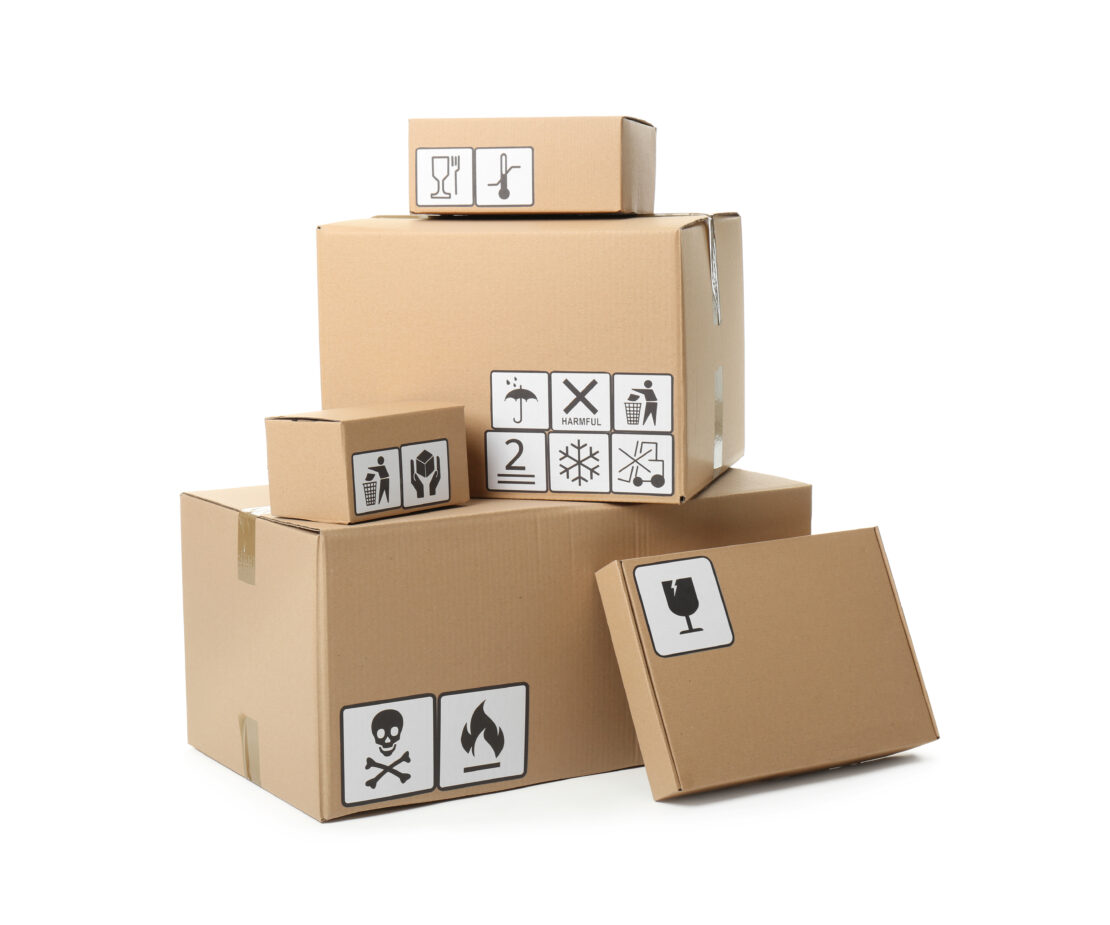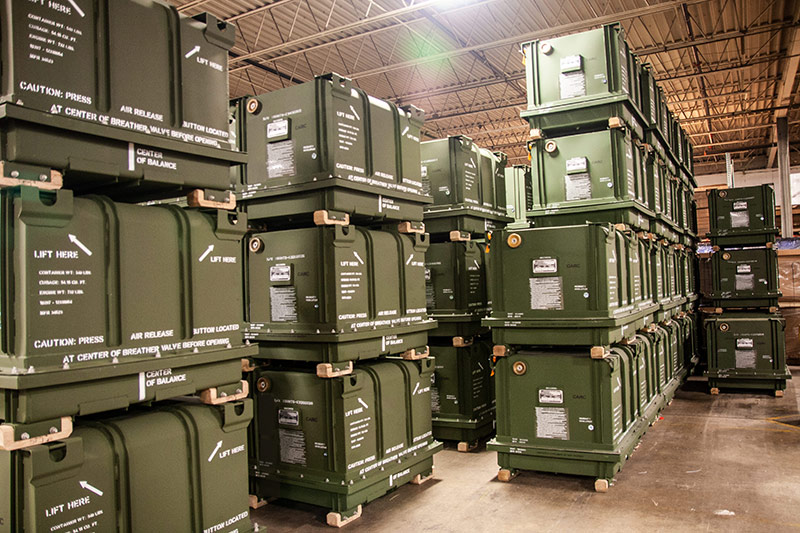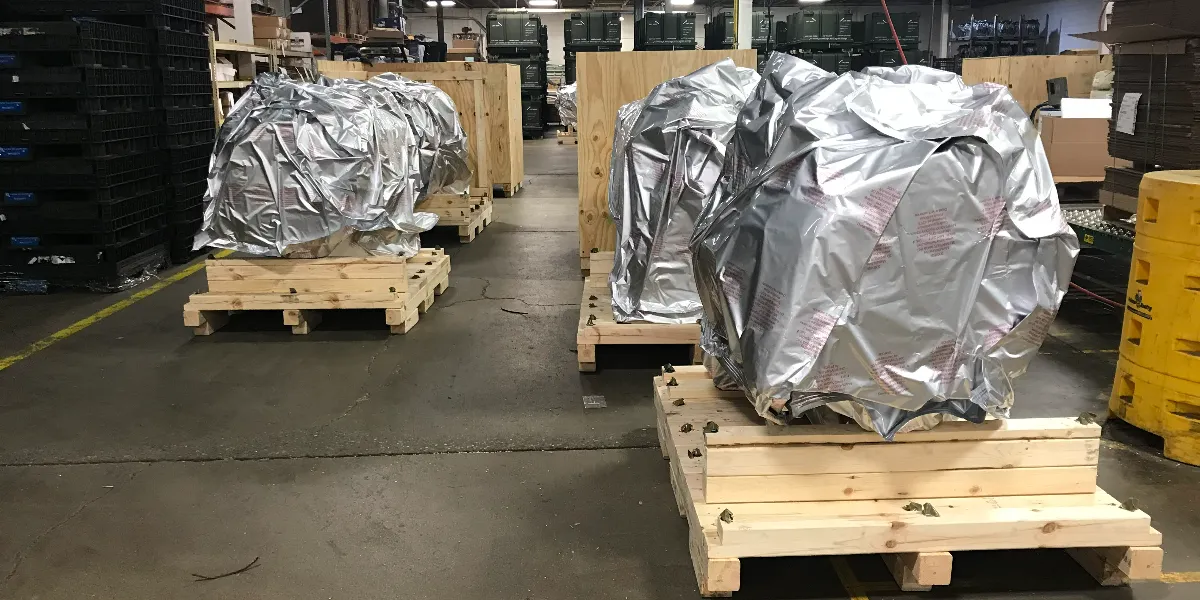Repackaging is much more than taking a product out of one container and putting it in another container. While the primary goal of repackaging involves streamlining the shipping and delivery process to reduce costs, repackaging also offers other benefits that may not be immediately apparent.
For example, let’s say a company has thousands of individual cosmetic items in separate containers that take up a lot of warehouse space. After discussing this space issue with the manufacturer, a decision was made to sell certain cosmetics together as one package. The warehouse manager hired a professional repackaging company to consolidate multiple cosmetics into one container, thus making room for more containers and cutting the costs of mailing too many small packages.
There are dozens more reasons why repackaging would be beneficial to both shipping companies and manufacturers. However, if repackaging is not done by an experienced repackaging company, then you’re likely to run into big problems.
Let’s take a look at the three most common errors that can occur when repackaging items.
1. Poor Labeling
Federal and state laws govern what information must be included on labels identifying all packages shipped nationally and internationally. The Fair Packaging and Labeling Act (FPLA) permits the U.S. FDA and the Federal Trade Commission (FTC) to establish rules mandating consumer commodities contain the following information on labels:
- Net Contents
- Identity of the Product
- Name & Location of Product’s Manufacturer
- Distributor of Products
- Company That Packaging the Products
- Additional Information (When Applicable)
The FDA authorizes labeling rules regarding the identification of medical devices, drugs, and food, while the FTC authorizes rules regarding labels on consumer commodities (household goods, clothing, etc.)
How to Label Packages
How you label your packages depends on what type of product you’re shipping, among other factors. In general, repackaged items must be clearly labeled and created with high-quality, waterproof adhesive. Additionally, fragile products should be accurately labeled to prevent costly damage and ensure customer satisfaction with the delivered product.
Consequences of Poor Labeling
If repackaged items are affixed with incorrect labels, the FDA or FTC can temporarily delay the shipment of said items, impose fines on the entity or entities responsible for the incorrect labeling, or prevent the shipment of mislabeled items permanently.
The importance of abiding by guidelines governing regulatory markings cannot be understated. In some cases, incorrect labeling of repackaged containers could be interpreted by the FDA or FTC as a criminally negligent incident.
2. Missing Parts & Labels
One of the most frequent reasons for repackaging is the consolidation of products from individual containers to containers holding multiple items. This change in the number of items packaged in one container must be reflected on labels, such as weight, item count, and possibly the number of ingredients, if applicable. Labels on crates containing multiple boxes must also align with the crate weight and the number of boxes on each crate.
Consequences of Missing Parts & Labels
Missing and/or incorrect repackaging labels may cause the end user to assume the crate, pallet, or container is missing certain items. The best way to avoid delays and unnecessary costs is to implement the latest warehouse managing software and barcode repackaged items.
3. Using the Wrong Packaging Material
Finally, using the wrong packaging material is a leading cause of product damage. Many repackaging companies simply repackage all items in commonly used packaging materials, such as corrugated fiberboard, folding cartons, or thick, high-quality, “rigid” paper material.
Inexperienced repackagers may neglect to use waterproof packaging material for items that are sensitive to moisture or high humidity.
Inexperienced repackagers may also forget to use electrostatic discharge control packaging materials, which are essential for preventing static electricity damage during transportation; they are typically used when packaging processing devices, micro-circuits, most electronic devices, and certain types of reactive plastics. The U.S. military has even enacted unique packaging standards to prevent electrostatic discharge when shipping such products.
How Correctly Repackaging Can Help Your Business
Relying on a professional product repackaging company like Export Corporation can help you avoid interruptions and shipping delays, as well as non-compliance with existing regulations.
Other benefits of professional repackaging include:
- Increases Delivery Speed
- Lowers Cost of Deliveries
- Simplifies Logistical Concerns
- Increases Brand Awareness & Reputation
- Enhances Protection of Environmentally Sensitive or Fragile Items
- Reduces Overhead Costs
- Eliminates Problems With Overstocking & Inventory Snags
- Increases Space in Crowded Warehouses
Have Questions About Repackaging? Contact Export Corporation Today!
Do you need help repackaging your products? Get help from Export Corporation. Founded in the 1940s, we specialize in providing complete packaging solutions (including repackaging) to automotive, aerospace, commercial, and military manufacturers in the United States. If you have general questions about repackaging or would like to request a quote, please contact us today.








